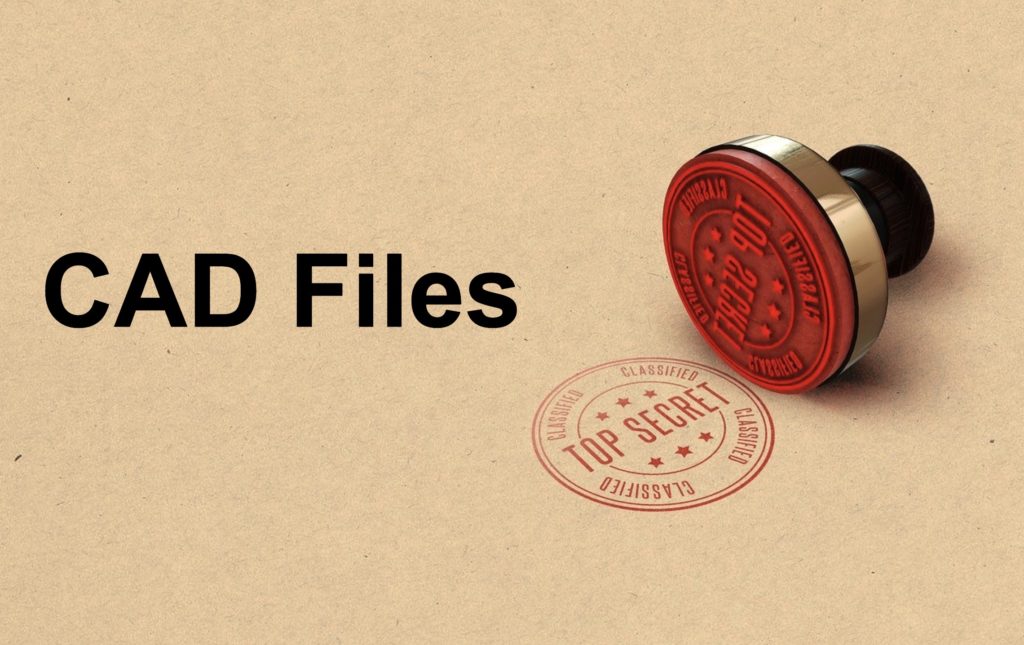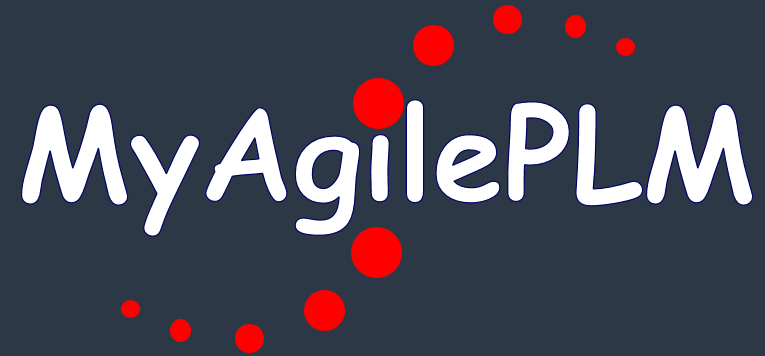
The roots of PLM are in CAD file data management. It was so obvious for CAD vendors to store data in files, that nobody even considered that the root cause of PDM problems – CAD files, should have been eliminated much earlier. It didn’t happen and this is how the CAD/PDM/PLM industry found itself in the two decades of CAD file data management pain.
The last decade of PDM development and business was not much excitement. Here is the status quo. CAD vendors technically murdered PDM development. Every single CAD created at least one “in-house” PDM system that was capable of providing a decent data management solution and worked as an “okay” business. Engineers tolerated PDM as inevitable evil and CAD vendors maintained PDM systems on the level that kept customers from extreme frustrations. To create an integration with CAD systems to extract data became a sort of commodity. Providers of multi-disciplinary CAD systems (CIMdata terminology) allowed competition to develop some integrations. I called PDM business stalemate.
Everything changed at the time CAD vendors realized that the cloud is not a joke and SaaS technologies combined with new business models are going to change CAD business sooner than later. Until that moment, every single CAD vendor believed that customers will never put CAD files to the cloud, and also the cloud is too slow and too inefficient to make it work. Achievements of Autodesk Fusion360, Onshape, and a few other vendors demonstrated that cloud is a reliable technology that can be used to manage files.
And here is what is happening now. For the last few years, we can see the largest CAD vendors owning the major stake in CAD market share moving to the cloud/SaaS. Dassault Systems, Siemens and PTC are all in the cloud (SaaS) rally to introduce SaaS cloud platforms and SaaS PLM solutions. A few PLM SaaS startups are around as well (disclosure – I’m CEO and co-founder of OpenBOM) Read my other articles to get more details.
And one of the most interesting questions is what is going to happen with good old PDM solutions? To understand the trajectory, I’d like to use examples from Dassault Systemes, 3DEXPERIENCE, and SOLIDWORKS. Already back in February 2020 during 3DEXPERIENCE WORLD 2020, Dassault announced a set of new products integrated and connected to existing SOLIDWORKS desktop solution. These solutions are supposed to make data management pain disappear and provide seamless and transparent data management to all users. Basically you can take all scripts of “PDM pain” invert it and you get pretty much all marketing about cloud CAD data management these days.
To have some impression about what I’m talking about, check this article – 4 Reasons Why You Should Care About the New 3DEXPERIENCE SOLIDWORKS Offers.
This marks the first time that the SOLIDWORKS we all know and love has been fully integrated with the cloud-based 3DEXPERIENCE platform. To take it a step further, these offers are priced at nearly the same price-point as SOLIDWORKS desktop alone, but with much more added value. But what do these new offers actually mean to you, and why would you want to disrupt your happy SOLIDWORKS desktop world to take advantage of them? Is moving to the cloud all it’s cracked up to be for product design and development?
You might be thinking, “You can pry SOLIDWORKS from my cold, dead hands,” but you don’t need to worry. All three offers come with SOLIDWORKS desktop. With that established, we can take a look at four very good reasons to take advantage of the 3DEXPERIENCE SOLIDWORKS offers.
I found SOLIDWORKS is probably the best example, but the story is pretty much the same for all vendors developing desktop CAD systems. The presence of SOLIDWORKS in the market is huge and this is what makes it very interesting. Also, it is clear probably to everyone that existing SOLIDWORKS PDM solutions (renamed and rebranded) are dead-end and will be discontinued sooner or later. This brings a question about what will happen with a gigantic amount of SOLIDWORKS customer files? It is such a sweet spot for everyone who is thinking about the future of cloud CAD.
Cloud storage is cheap and to get CAD files under control is really important. In the next several years, we are going to see how CAD vendors will be trying to acquire CAD files and to start managing them using their new cloud data management platforms. Hence we are going to see how cloud CAD data management products will be urgently released by all CAD vendors. It might not be enough, because customers can run pretty much indefinitely using existing on-premise PDM systems without changing them much. Therefore, I can see how vendors will be interested in cloud solutions capable of acquiring CAD data and sharing them downstream. It can reduce the pain of customers as well as to capture CAD files everyone is so much looking for.
What is my conclusion?
Here is the secret. CAD vendors want CAD files to go to their cloud storage. It will give tons of advantages to users, but it will bring control over the data to CAD vendors. The fundamental business models are still oriented towards data ownership and data locking. We are going to see a big CAD file hunt, which will be performed by all CAD and engineering software vendors. Acquiring CAD data will fuse the future of cloud platforms with data and intelligence as well as serve as a platform for future cloud solutions. Just my thoughts…
Best, Oleg
Disclaimer: I’m co-founder and CEO of OpenBOM developing cloud based bill of materials and inventory management tool for manufacturing companies, hardware startups, and supply chain. My opinion can be unintentionally biased.
The post Best Kept Secret About PDM and The Future of Cloud CAD Data Management appeared first on Beyond PLM (Product Lifecycle Management) Blog.



Be the first to post a comment.